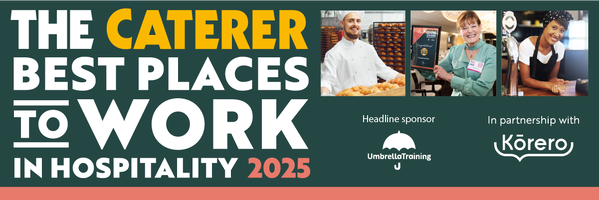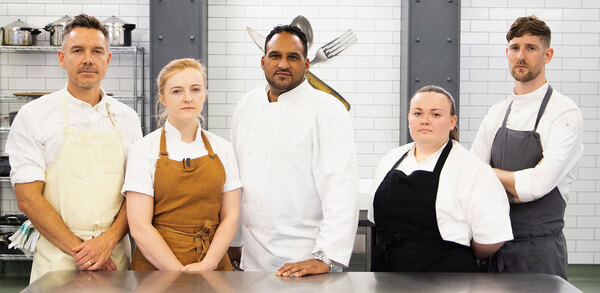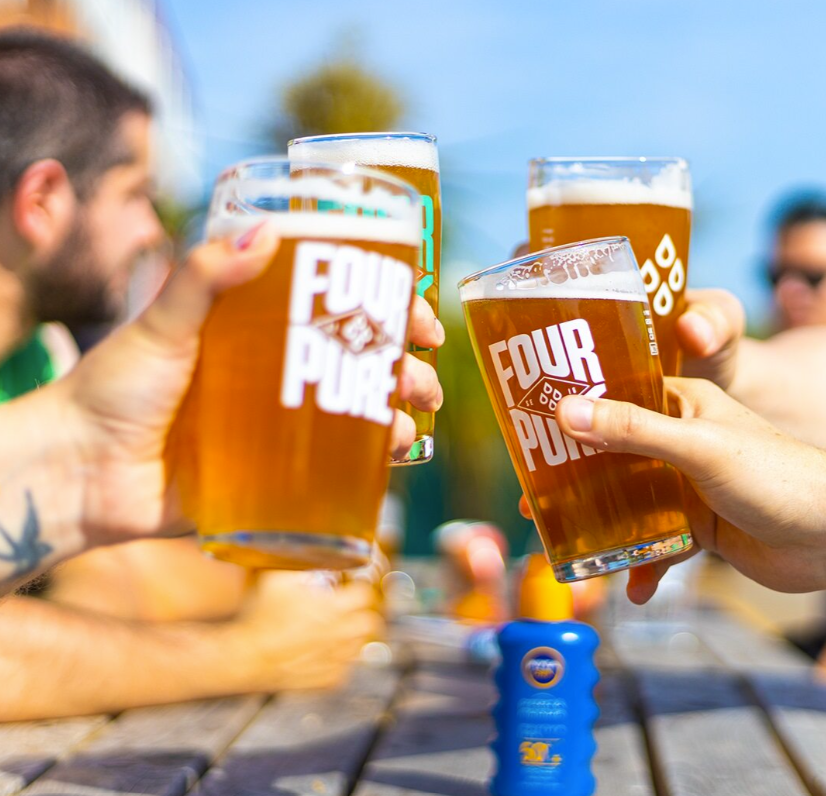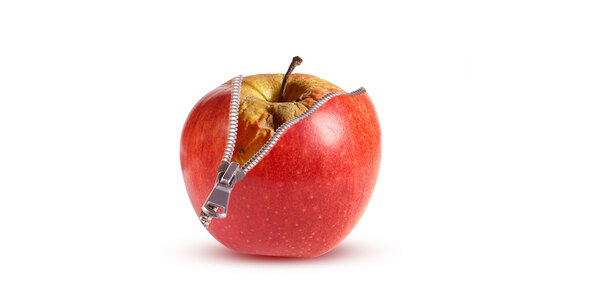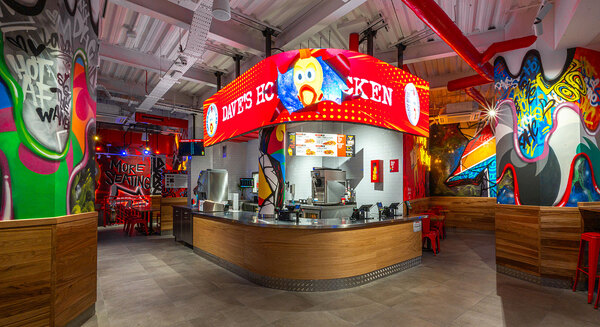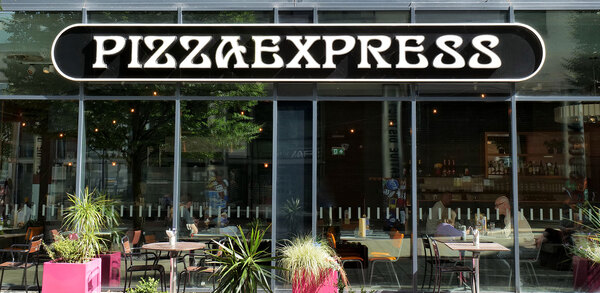The VAT flat-rate scheme
Under the standard VAT accounting scheme, businesses identify the VAT on each sale, record the value and VAT separately and then pay VAT to Customs.
The VAT and value of purchases is recorded in the same way and the VAT reclaimed. Once a quarter, the net difference is paid to, or reclaimed from, Customs and Excise.
This method is time-consuming and requires checking of VAT invoices and receipts.
So how is the flat-rate scheme different?
The VAT flat-rate scheme was introduced in April 2002 to help small businesses with an alternative to the standard method of accounting for VAT.
Under the flat-rate scheme, businesses calculate their VAT payment as a percentage of total turnover, the percentage based on the industry sector allotted by Customs.
Who is it open to?
The scheme is open to businesses with an annual taxable turnover of less than £150,000 and a total turnover of less than £187,500 (both sums excluding VAT).
The turnover test applies to the anticipated turnover in the following 12 months. Turnover may be calculated in any reasonable way but is usually based on the previous 12 months.
Businesses that are new, or new to VAT, may forecast turnover by looking at:
- any period of trading before they joined the scheme or registered for VAT
- the turnover of the previous business owner; or
- the information in business plans or loan applications.
Businesses that estimate incorrectly will not be penalised, provided they can show that there were reasonable grounds for the estimate.
How much will I have to pay?
www.hmce.gov.uk/forms/notices/733.htm
At present the rates are as follows:
| Sector | Percentage of turnover |
| Pubs | 5.5% |
| Hotels/accommodation | 9.5% |
Catering services (including takeaways)
|
12% |
If a business falls into more than one sector it is the main business activity, measured by turnover, that counts.
Businesses on the scheme need to review the position on each anniversary and if the main business activity changes, or it is expected to change during the following year, the appropriate rate for that sector should be used.
So how do I claim my VAT back?
Businesses can claim back VAT on the purchase of capital assets of £2,000 or more in the usual way - but not on purchases worth less than £2,000. These are taken account of in the lower rate of VAT paid on the flat-rate scheme.
Businesses need to make careful calculations to see if they make a large number of purchases that are subject to VAT.
If they do, they could end up paying more VAT rather than less if they join the new scheme.
Customs have a very good online calculator at 212.100.226.149/hmc/index.jsp where businesses can work out their likely payments.
All your need are the VAT returns from the last four quarters, or any other period to be compared.
How do I join?
To join the scheme, businesses need to complete the form available from Customs. Visit the following web page to download it: www.hmce.gov.uk/business/services/flat-rate-dets.htm
If not already registered for VAT, businesses must submit form VAT1 at the same time (available from www.hmce.gov.uk/forms/forms/v1.pdf).
Businesses may not operate the scheme unless Customs and Excise have agreed and sent a letter setting out the date it should start from.
What else do I need to know?
Although businesses pay VAT at a flat rate, they will still need to issue invoices for customers showing the normal rate of VAT.
The flat-rate scheme cannot be used if a business has been convicted of an offence connected with VAT within the last 12 months, or been made to pay a penalty for conduct involving dishonesty.
How long can I stay on the scheme?
Once they have joined, businesses may stay on the scheme provided their total tax-inclusive turnover does not go over £225,000 in any one year.
This limit only applies once a year on the anniversary of joining the scheme.
However, if it is likely that at any point turnover in the next 30 days will exceed £225,000, a business must leave the scheme. Businesses may also leave the scheme voluntarily, but cannot then rejoin for 12 months.
If the increase in turnover is due to a one-off transaction, it may be possible to stay in the scheme with the agreement of the local VAT Business Advice Centre.
What about making payments and keeping records?
Payment can be made by cheque, postal order or electronic means. The flat-rate scheme may be used in conjunction with the annual accounting scheme. In this case, a condition of the annual accounting scheme is that payment is made electronically.
Businesses are still required to keep records of the flat-rate calculation showing the flat-rate turnover, the flat-rate percentage used, and the tax due.
Any VAT saving made by being on the flat-rate scheme needs to be added into the business profits for taxation purposes.
Are there any added incentives?
In the first year of VAT registration, businesses can take a further 1% off the published flat rates that apply to their sector until the first anniversary of registering for VAT. So using the reduction, a published rate of 8.5% becomes 7.5%.
Anything else I need to remember?
Because the VAT rate for each sector is not much more than an average for businesses in those sectors, some businesses will pay more and some will pay less.
It is very important for businesses to work out if they are at present paying more than the average before moving onto the flat-rate scheme.
And finally…
Any businesses considering joining the flat-rate scheme must make sure that they speak to Customs and their accountant before making any changes.
Contact details: HM Customs & Excise National Advice Service 0845 010 9000



